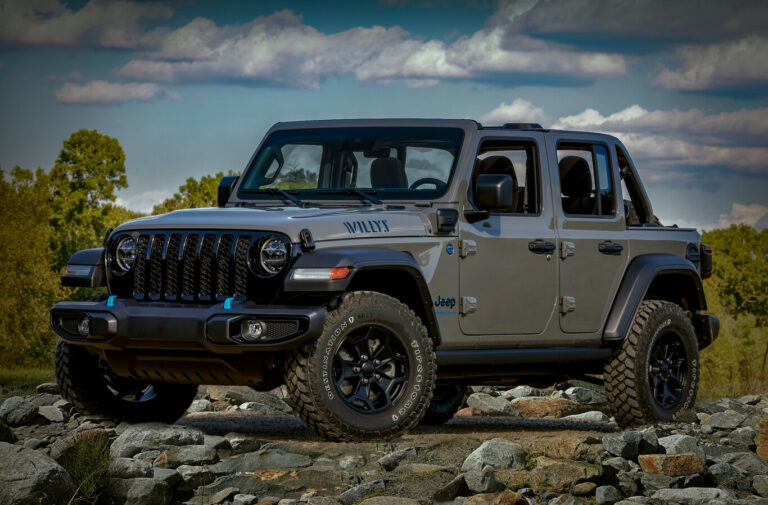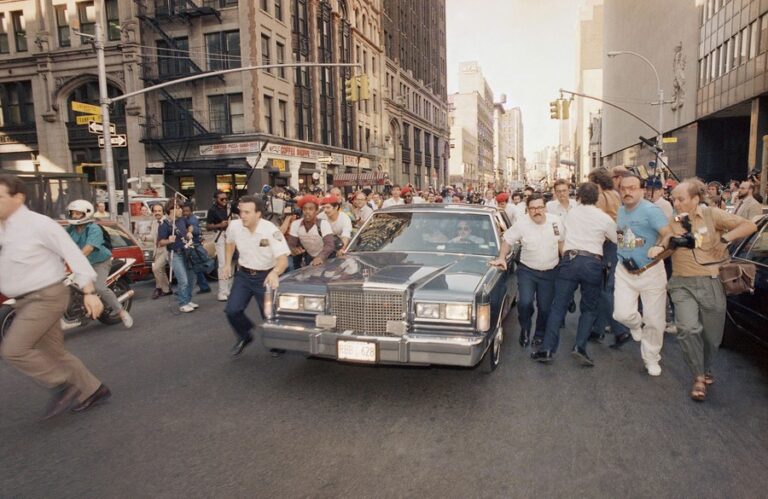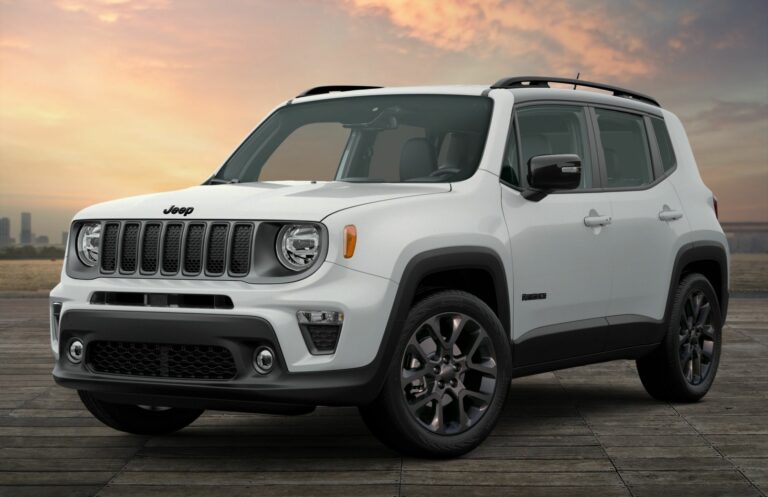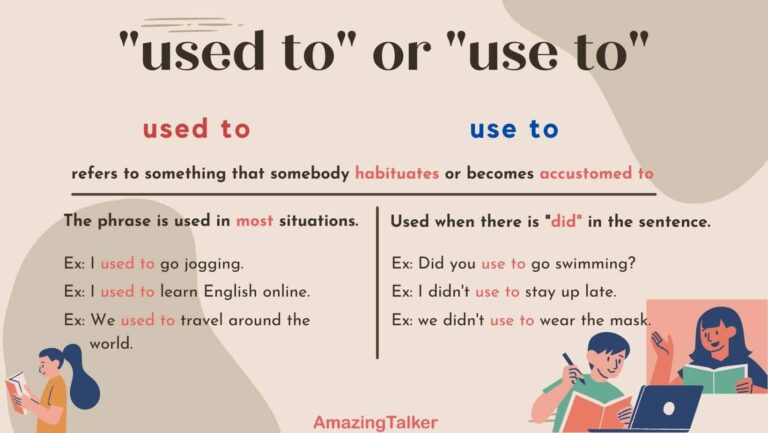1948 Willys Jeep For Sale: Unearthing an American Icon
1948 Willys Jeep For Sale: Unearthing an American Icon /jeeps.truckstrend.com
The year 1948 was a pivotal time for America, emerging from the shadow of World War II and embarking on an era of growth and innovation. Amidst this backdrop, a humble, yet incredibly significant, vehicle continued its evolution from a wartime hero to a civilian workhorse: the Willys Jeep. For enthusiasts, collectors, and those simply seeking a tangible piece of history, the phrase "1948 Willys Jeep For Sale" isn’t just a classified ad – it’s an invitation to own a legend, a testament to American ingenuity, and a vehicle that shaped an entire industry.
This comprehensive guide delves into everything you need to know about finding, evaluating, buying, and owning a 1948 Willys Jeep. Whether you’re a seasoned collector or a first-time classic car buyer, understanding the nuances of these rugged machines is key to a rewarding experience.
1948 Willys Jeep For Sale: Unearthing an American Icon
The Enduring Legacy: Why a 1948 Willys Jeep?
The story of the Willys Jeep began in the crucible of World War II, where its unparalleled utility, ruggedness, and go-anywhere capability earned it the moniker "America’s most valuable contribution to modern warfare." After the war, Willys-Overland saw the immense potential for a civilian version, leading to the creation of the CJ (Civilian Jeep) series.
The 1948 model year primarily saw the continued production of the CJ-2A, which had been introduced in 1945, and the very early introduction of the CJ-3A later in the year. The CJ-2A was essentially a demilitarized version of the MB, adapted for civilian use with features like a tailgate, larger headlights, a side-mounted spare tire, and a host of agricultural and industrial attachments. It quickly became the backbone of farms, ranches, and small businesses across the nation.
Key attributes that make the 1948 Willys Jeep a sought-after classic include:
- Iconic Design: Its unmistakable silhouette, flat fenders, and open-top design are instantly recognizable and evoke a sense of timeless adventure.
- Rugged Simplicity: Powered by the legendary "Go-Devil" L-head four-cylinder engine, these Jeeps are mechanically straightforward, making them relatively easy to maintain for the mechanically inclined.
- Historical Significance: Owning a 1948 Willys Jeep is owning a piece of post-war American history, a vehicle that helped transition the nation back to peacetime productivity.
- Versatility: From off-road trails to parade duty, or even as a unique daily driver (for the brave!), its versatility remains unmatched.
- Collector’s Appeal: As older vehicles, their numbers dwindle, making well-preserved or expertly restored examples increasingly valuable to collectors.

Navigating the Market: Where to Find a 1948 Willys Jeep For Sale
Finding a 1948 Willys Jeep for sale requires a targeted approach. These aren’t vehicles you’ll typically find on a modern car lot.
- Online Marketplaces:
- Dedicated Classic Car Sites: Hemmings Motor News, ClassicCars.com, Bring a Trailer, and eBay Motors are prime hunting grounds. These platforms often feature detailed listings, multiple photos, and sometimes even videos.
- General Classifieds: Craigslist or local online marketplaces can occasionally turn up hidden gems, though buyer beware regarding scams and misrepresentations.
- Specialized Forums & Clubs: Websites and forums dedicated to Willys Jeeps (e.g., The CJ2A Page, G503 Military Vehicle Forums) often have classified sections where passionate owners buy and sell.
- Auctions: Classic car auctions, both online and in-person (like Mecum or Barrett-Jackson, though rarer for early CJs), can be a good source, but come with buyer premiums and limited inspection time.
- Word of Mouth & Local Searches: Networking within the classic car community, attending local car shows, or even inquiring at rural mechanic shops can uncover vehicles that aren’t publicly advertised.
- Specialized Dealers: A select number of classic car dealerships specialize in vintage 4x4s and may have a Willys Jeep in their inventory, often at a premium for their expertise and pre-inspection.
Understanding Condition: What to Look For When Buying
When considering a 1948 Willys Jeep for sale, a thorough inspection is paramount. These vehicles are over 75 years old, and their condition can vary wildly from rust buckets to pristine restorations.
-
Originality vs. Restoration:
- Original/Survivor: A vehicle that retains most of its factory components and finish, showing natural wear and tear (patina). These are highly prized by purists.
- Restored: A vehicle that has undergone significant work to return it to "like-new" condition. Quality of restoration varies greatly.
- Modified: Jeeps that have been altered with non-original engines, transmissions, suspension, or body modifications. These can be fun but impact collector value.
- Project: A vehicle requiring extensive work, often not running, and missing parts. Suitable for those with significant mechanical skills and budget.
-
Key Inspection Areas:
- Body and Frame: This is critical. Willys Jeeps are notorious for rust.
- Frame: Inspect the main frame rails, crossmembers, and spring hangers for rot, cracks, or amateur repairs. Pay close attention to areas around the steering box and rear crossmember.
- Body Tubs: Check floorboards, hat channels (underneath the floor), toolboxes, battery trays, and fenders for rust-through. Reproduction body tubs are available, but an original, solid tub is always preferred.
- Tailgate & Windshield Frame: Common rust spots.
- Engine (Willys "Go-Devil" L-head 134 cu in):
- Look for excessive oil leaks, strange noises (knocks, clatters), and blue or white smoke from the exhaust.
- Check for proper oil pressure and temperature.
- Ideally, the engine should start easily and run smoothly.
- Drivetrain:
- Transmission (T-90 3-speed manual): Test all gears, listening for grinding or jumping out of gear.
- Transfer Case (Dana 18): Engage 4×4 high and low ranges. Ensure it shifts smoothly and engages properly.
- Axles (Dana 25 front, Dana 44 rear): Check for leaks around the differentials and axle shafts.
- Listen for excessive clunking or whining from the drivetrain components during a test drive.
- Brakes and Steering:
- Brakes: These are typically drum brakes all around. Check for sponginess, pulling to one side, or excessive pedal travel. Inspect brake lines for rust or leaks.
- Steering: Look for excessive play in the steering wheel, which can indicate worn tie rod ends, kingpins, or a loose steering box.
- Electrical System: Original Jeeps are 6-volt systems. Many have been converted to 12-volt for easier starting and modern accessory use. Verify the conversion quality if applicable. Check all lights, gauges, and the horn. Look for frayed or brittle wiring.
- Tires and Wheels: Ensure tires are in good condition with sufficient tread and are not dry-rotted. Check for correct wheel type (typically 16-inch steel wheels).
- Documentation: A clear title is essential. Any service records, original owner’s manuals, or build sheets add value and provide provenance.
- Body and Frame: This is critical. Willys Jeeps are notorious for rust.
-
Test Drive: If possible, always take the Jeep for a test drive. Listen for unusual noises, feel for vibrations, test the brakes, and check how it handles on various surfaces. Remember, it won’t drive like a modern vehicle.
The Price Tag: Factors Influencing Value
The price of a 1948 Willys Jeep for sale can range dramatically based on its condition, originality, and the current market.
| Condition Category | Price Range (USD) | Description |
|---|---|---|
| Project | $2,000 – $8,000 | Non-running, significant rust, missing parts, major mechanical issues. Requires extensive restoration and financial investment. Suitable for experienced DIY enthusiasts. |
| Driver Quality | $8,000 – $20,000 | Running and drivable, but likely has cosmetic flaws (dents, faded paint), some rust, and needs mechanical attention (leaks, worn components, electrical issues). Can be enjoyed immediately but will require ongoing work. |
| Restored | $20,000 – $40,000 | Good to excellent condition, either an older restoration or a recent one. Minimal rust, good paint, interior, and mechanicals. May not be 100% factory correct but presents very well. Ready for shows or regular enjoyment. |
| Concours/Show | $40,000+ | Meticulously restored to factory original specifications or better, often with correct parts, paint codes, and attention to every detail. Often judged at classic car events. Very rare to find a 1948 CJ in this category, commanding top dollar from serious collectors. |
Other influencing factors include:
- Completeness: Missing original parts significantly impacts value.
- Location: Market demand can vary by region.
- Seller’s Motivation: A motivated seller might offer a better deal.
- Documentation: A well-documented history can increase value.
Owning a Legend: Important Considerations
Purchasing a 1948 Willys Jeep is more than just buying a vehicle; it’s adopting a piece of history. Be prepared for the unique aspects of ownership:
- Maintenance: While mechanically simple, these vehicles require regular attention. Parts are generally available through specialist suppliers (e.g., Omix-Ada, Walck’s 4×4), but some original components can be scarce. You’ll need to be comfortable with basic mechanics or have a trusted classic car mechanic.
- Driving Experience: Expect a raw, engaging, and slow driving experience. No power steering, no power brakes, limited top speed (around 45-55 mph comfortably), and a bouncy ride. It’s an adventure, not a commute.
- Insurance: Standard auto insurance policies may not cover classic vehicles adequately. Look into specialized classic car insurance, which often offers better coverage for agreed-upon values and lower premiums.
- Storage: Protect your investment from the elements. A garage or covered storage is ideal to prevent rust and preserve the finish.
- Modifications: Decide early if you want to keep it original or make sensible upgrades (e.g., 12V conversion, seat belts, turn signals). Major modifications like engine swaps can detract from collector value.
Tips for a Successful Purchase or Sale
For Buyers:
- Do Your Homework: Research the specific model (CJ-2A vs. early CJ-3A), common issues, and market values.
- Set a Realistic Budget: Include not just the purchase price but also potential repairs, shipping, insurance, and ongoing maintenance.
- Inspect Thoroughly: Follow the guidelines above. If possible, bring a knowledgeable friend or hire a pre-purchase inspector specializing in vintage vehicles.
- Verify Documentation: Ensure the title is clean, matches the VIN (if visible and legible – early Jeeps often had the VIN on a small plate on the firewall or frame), and is transferable.
- Be Patient: The right Jeep for you might not appear overnight. Don’t rush into a purchase.
For Sellers:
- Be Honest About Condition: Full disclosure builds trust and prevents issues down the line. Document all flaws and repairs.
- Provide Detailed Information: Take high-quality photos and videos from all angles, including close-ups of problem areas. Provide comprehensive descriptions of the vehicle’s history, mechanical condition, and any modifications.
- Set a Realistic Price: Research comparable sales. Consider getting a professional appraisal.
- Have Documentation Ready: Title, service records, and any historical information.
- Be Prepared for Questions: Buyers will have many questions; answer them promptly and thoroughly.
Potential Challenges and Solutions
- Challenge: Rust. Solution: For minor surface rust, conversion and repaint. For structural rust (frame, body tub), professional welding and panel replacement are often necessary. Reproduction body tubs are available.
- Challenge: Sourcing Parts. Solution: Utilize dedicated Willys parts suppliers (online and brick-and-mortar), classic Jeep forums, and swap meets. Networking with other owners is invaluable.
- Challenge: Mechanical Issues. Solution: Many components are simple and can be rebuilt by a competent DIY mechanic. If unsure, find a local shop specializing in vintage vehicles or hot rods.
- Challenge: Finding a "Good" One. Solution: Patience is key. Expand your search radius. Network within the Willys community; sometimes the best vehicles are sold by word of mouth.
Frequently Asked Questions (FAQ)
Q: Is a 1948 Willys Jeep reliable?
A: With proper maintenance, they are incredibly durable and reliable. Their simple mechanical design means fewer complex systems to fail. However, they are old and require consistent attention.
Q: What’s the difference between a CJ-2A and a CJ-3A?
A: The CJ-2A (1945-1949) is characterized by its lower hood line, split windshield, and external wipers. The CJ-3A (1949-1953) introduced a one-piece windshield, a slightly higher hood line, and an internally mounted wiper system, among other minor changes. A 1948 model could be either, with CJ-3A production starting late in the year.
Q: Can I drive a 1948 Willys Jeep on modern roads?
A: Yes, but with limitations. Their top speed is low, braking distances are long, and they lack modern safety features. They are best suited for rural roads, parades, light off-roading, or short trips.
Q: Are parts hard to find?
A: Surprisingly, no. Due to their popularity and simple design, many reproduction parts are readily available. Specialist suppliers cater specifically to Willys Jeeps.
Q: What’s the typical fuel economy?
A: Expect around 15-20 miles per gallon, depending on engine condition, terrain, and driving style.
Q: Should I restore it or keep it original?
A: This depends on your goals. An original "survivor" with good patina is increasingly valuable to collectors. A full restoration brings it back to like-new condition. Modifications are for those who prioritize modern usability over historical accuracy. Each path has its pros and cons in terms of cost, effort, and value.
Conclusion
The appeal of a 1948 Willys Jeep for sale goes far beyond mere transportation. It’s about connecting with a bygone era, appreciating a machine built for purpose and endurance, and joining a community of passionate enthusiasts. Owning one is a journey – sometimes challenging, but always rewarding. Whether you’re looking for a project to pour your passion into, a reliable driver for weekend adventures, or a showpiece to preserve history, the 1948 Willys Jeep stands ready to offer an unparalleled experience. Embark on this adventure, and you’ll find that some legends truly do get better with age.




